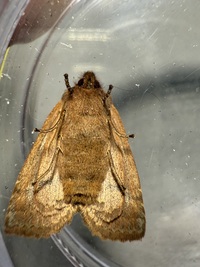
| Recorded by: Nora Murdock on 2025-11-23
Henderson Co.
Comment: | 
| Recorded by: Nora Murdock on 2025-11-23
Henderson Co.
Comment: |
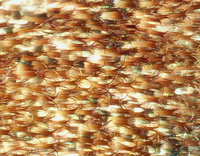
| Recorded by: Jim Petranka and Becky Elkin on 2024-10-13
Madison Co.
Comment: | 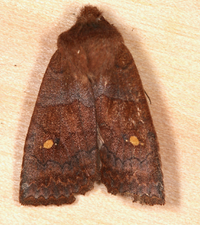
| Recorded by: Jim Petranka and Becky Elkin on 2024-10-13
Madison Co.
Comment: Scales curled; genitalia with juxta consistent with this species. |
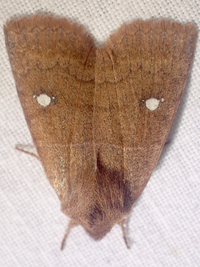
| Recorded by: tom ward on 2022-03-16
Buncombe Co.
Comment: | 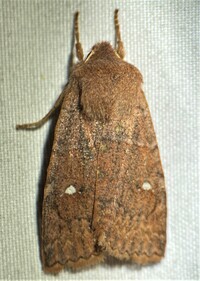
| Recorded by: Dean Furbish and Joy Wiggins on 2022-03-03
Wake Co.
Comment: |

| Recorded by: Jim Petranka on 2021-12-16
Madison Co.
Comment: | 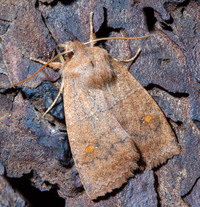
| Recorded by: Stephen Hall on 2021-02-24
Orange Co.
Comment: |
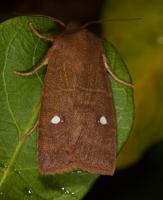
| Recorded by: Jim Petranka and Becky Elkin on 2019-12-28
Madison Co.
Comment: | 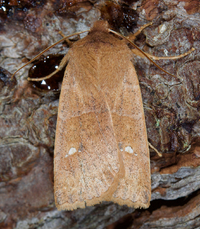
| Recorded by: Jim Petranka and Becky Elkin on 2019-02-27
Madison Co.
Comment: |
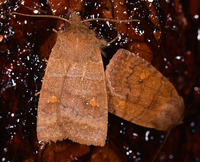
| Recorded by: Jim Petranka and Becky Elkin on 2019-02-03
Madison Co.
Comment: | 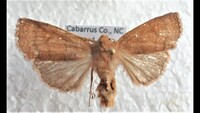
| Recorded by: Darryl Willis on 2017-03-27
Cabarrus Co.
Comment: |
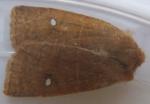
| Recorded by: T. Nergart on 2015-04-03
Transylvania Co.
Comment: | 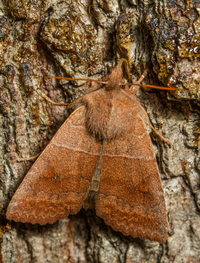
| Recorded by: Steve Hall on 2015-01-25
Orange Co.
Comment: |
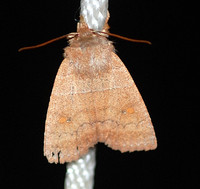
| Recorded by: Paul Scharf on 2010-03-03
Warren Co.
Comment: | 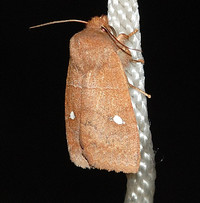
| Recorded by: Paul Scharf on 2010-03-03
Warren Co.
Comment: |
|

 »
»



 »
»

